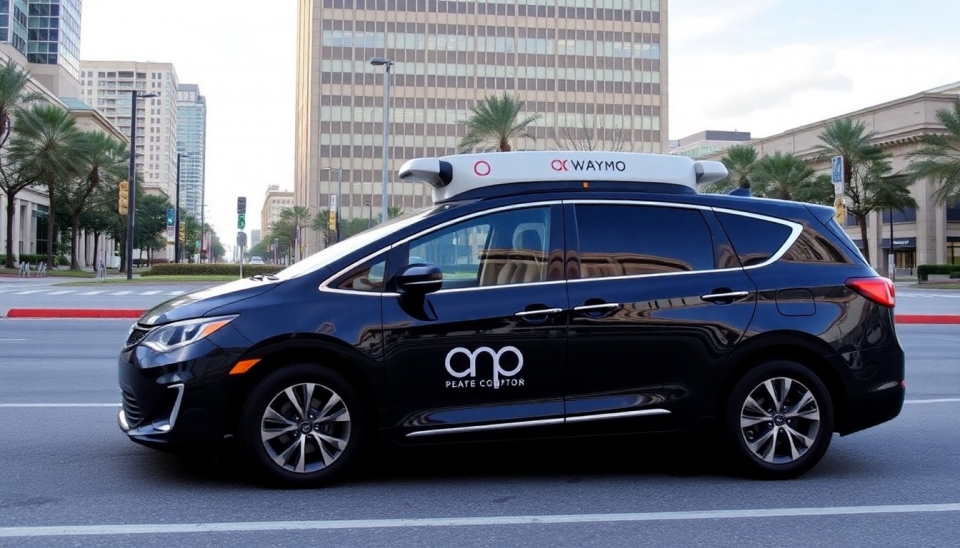
Uber and Lyft, two dominant ride-hailing giants, have been dealing with an issue that is getting more and more difficult for the last few months amid the rapid changes in the gig economy revolution. They have to keep their cab tariffs low while providing the drivers with decent pay. They're responding progressively and innovatively to the disturbance in their business models. However, the danger has never been higher than now.
Uber Technologies Inc. and Lyft Inc. face a lot of pressures from many different sides such as the investors who are looking for profit, the regulators who want more rights for the drivers, and the users who want minimum cost and trusty travel options. Uber's just released quarterly financial report showed that the company is trying to achieve profitability by cost reduction and streamlining operations. Nevertheless, these actions may lead to the drivers' disloyalty, as the platform is their main source of income.
Moreover, difficulties have been added due to the inflation and the rise of fuel prices in the recent past and, thus, the profit margins of drivers have thinned considerably. A large proportion of the demographers had filed their grievances about the low pay and lack of benefits, and as a result, a situation has been created that an increase in driver incentives could come to the expenses of higher ride prices, and this may weed out cost-sensitive consumers. To make their way through this intricate puzzle, both companies are trying out flexible strategies, for instance, they have introduced some dynamic pricing models, more impact for drivers, and pitches regarding the association for cost cutback.
Lyft, on the one hand, has put driver contentment as a vital part of its long-term plan at the forefront. The company has just inaugurated a series of programs that have the main objective of the bettering the driver experience, which is mainly the support system and the pilot projects of sharing profit spoils. The outcomes resulting from this are that driver loyalty will be boosted and new drivers will be attracted. However, the whole process bears a significant amount of expenses that must be met, which calls for questions about the company's future.
Furthermore, limits set by governmental bodies in different countries are adding more strain. One of the laws, just to mention Assembly Bill 5 in California, wants to convert the independent contractors into the employees and hence the reclassification that comes with associated benefits, thus a clear example of the change of the regulatory landscape. These bills majorly aim at giving security to workers, but they also threaten some erratic business habits that are based on the flexibility of the independent contracting sector.
The future of ride-hailing is positioned on a crossroads, likely in the next few years. Both firms should develop and execute their plans in the best sockets to please a number of conflicting parties. The mobility industry is on a fast track of evolving with major emerging technologies such as self-driving cars and AI technology being the logical sequence. Consequently, the choices made by Uber and Lyft today will directly impact the future of transportation services.
Of course, the bonding of the supply chain customers’ welfare and the possibility of low prices for the drivers is a sign of their strength in the market, and thus will make them the forerunners in this perpetually competitive genre. The question of stasis is the latter, and the further growth and innovation of the market are, therefore, the former. Besides, the destabilized dynamic between these transport giants and systems-development needs is a real-life narrative genre which the industry analysts gaze upon.
#Uber #Lyft #RideHailing #GigEconomy #DriverRights #CustomerAffordability #TechInnovation #RegulationChallenges
Author: Liam Carter




